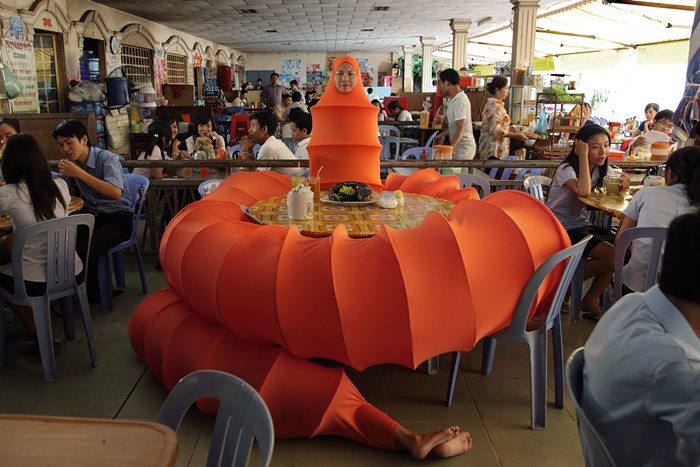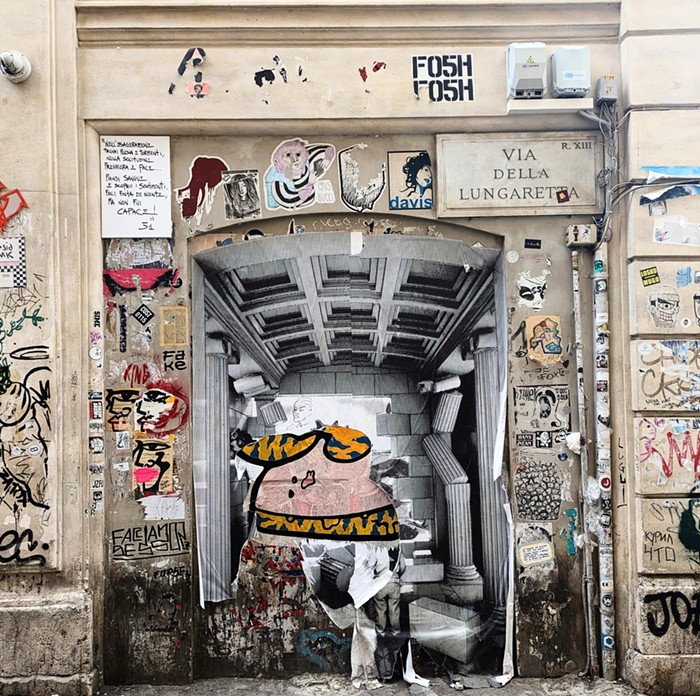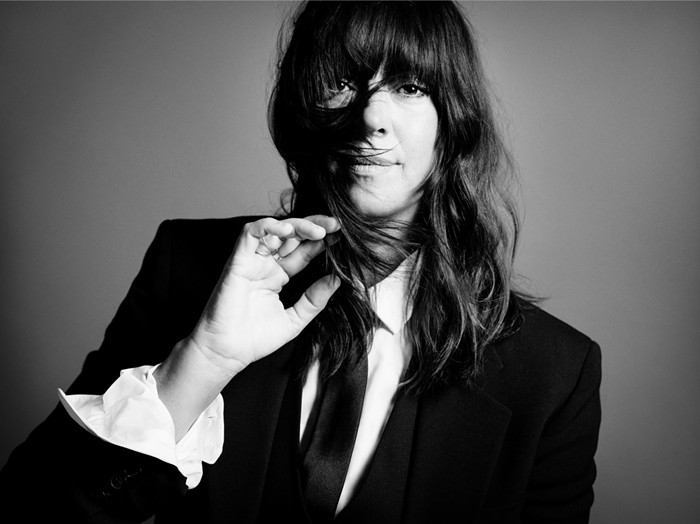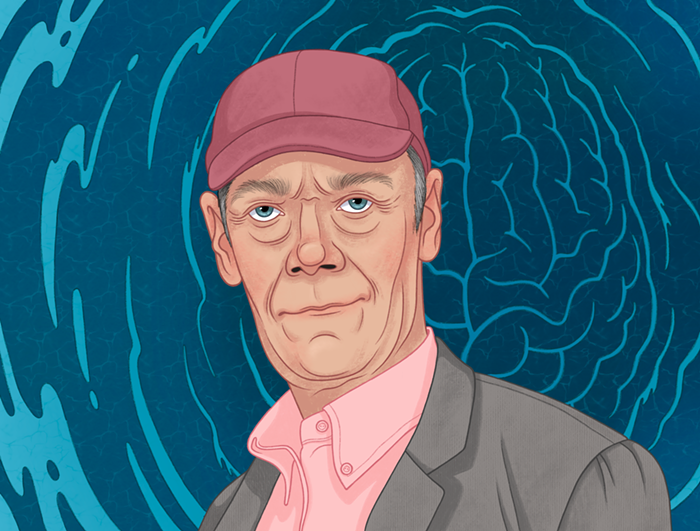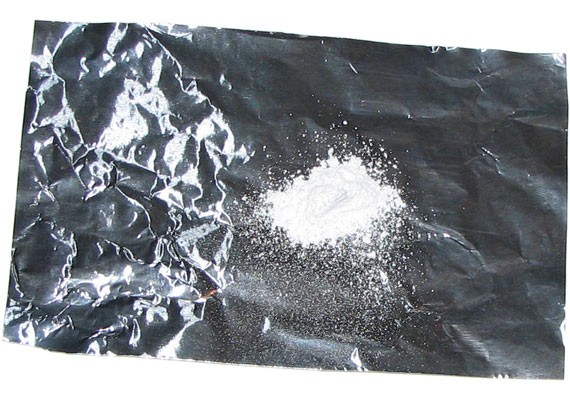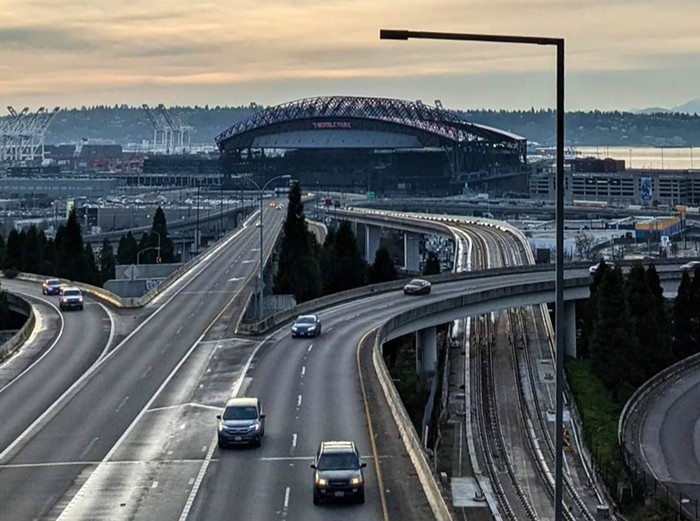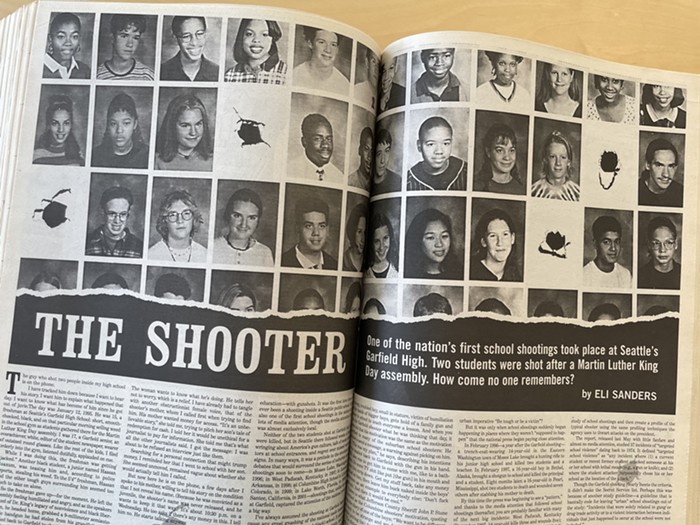Roq la Rue
2224 Second Ave, 374-8977.
Through June 2.
There's a perverse thrill that ripples through the art world when something formerly underground and sidelined slides into the mainstream. It's akin to the Antiques Roadshow phenomenon, when you discover that something you've loved for sentimental reasons has previously uncalculated value. There's also the flip side: Suddenly something precious is exposed to the hungry eyes of the hoi polloi, and you find yourself giving defensive sermons about how you've followed it from the beginning, how you've loved it all along.
The guilty pleasure of comics--and comics' evolved relative, the graphic novel--lives very comfortably in this ambivalent fissure. Few other art forms (visual or literary) illustrate so neatly the bridge between high and low culture. And some comics are art: widely disseminated, democratic, rabidly popular, but definitely art. Doubt me? I can't think of a better place to build a case (in case you've been living under a rock or something) than at Roq la Rue, where there's a fine set of illustrations and drawings by two of comics' most compelling practitioners, Dan Clowes and Chris Ware.
A comparison of Clowes and Ware offers a kind of mini-education in what comics can do. Clowes' narratives (Ghost World, Eightball, David Boring) feature oddball, self-conscious characters: blank-eyed teenagers buffeted around by the mad winds of puberty, socially or sexually marginalized young adults. The frame of the comic, in Clowes' hands, becomes a device for isolation; his stories move toward ambiguous and usually bleak vanishing points. He takes the despair that lay under the slacker aesthetic of the early '90s and gives it forward motion, marrying his neat but also loose and expressive drawing style with the uncertain emotions and often meaningless drift of life. Clowes' work has aged well, recalling the angst of that period without dredging up its unfortunate tagalongs: the entitled aimlessness, the intentional downward mobility, the trailer-trash yearning.
Where Clowes' work depends on literary techniques to propel it forward, Ware (ACME Novelty Library, Jimmy Corrigan: The Smartest Kid on Earth) uses art. One of the most interesting things I learned from Scott McCloud's Understanding Comics (which I read years ago, in its original printing, before the Barnes & Noble crowd... oh, never mind) was something you intuit about comics simply by reading them. It has to do with what happens in the spaces between the frames, the way that the artist implies the passage of time and teaches the reader the pace of the story. Ware slows this pace down to an almost motionless crawl--sometimes what happens from one frame to the next is nearly indistinguishable--so that the reader reads like a creature with an entirely different metabolism, like a starfish. The successive frames repeat like a pattern; a shift in perspective feels like a shot across the bow.
Ware complicates this flow with layered typography that recalls old vaudeville posters, with variations in font size, seemingly irrelevant commentary, little spot illustrations. The events in Jimmy Corrigan's life follow a logic that is as loose as it is intricate: He drifts into dreams, time jumps forward and back, motifs (peaches, illness, airplane seats) circle. Reading Jimmy Corrigan becomes a pleasurably difficult exercise, imbued with pathos and humor, as satisfying as anything I've read in a long time.
You could learn a lot of this simply by picking up copies of Clowes and Ware's books, but I don't recommend it. That is, by all means buy their books, but go see the exhibition as well. The reason why harks back to comics' low-rent provenance: the exhibition reveals the work behind the craftsmanship, the kind of thing that artists for many years have used their skills to hide. Much of the work on display is the final art that the printer scans to make film for printing; the surprise is that under Ware's obsessively meticulous drawings, you can see rough sketches in non-repro blue, lines to indicate placement, ghosts of objects that never appeared. There is the excitement of seeing an idea take shape, of seeing something diffuse become honed and specific. The other surprise is that Clowes' final art doesn't show any of this, at least that I could discern. His more casually styled images are drawn in sure strokes; even his comps--proposed designs--are nearly finished. Comics artists work hard; here's the proof.
So much for guilty pleasures.
